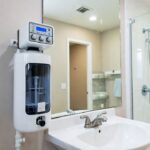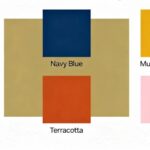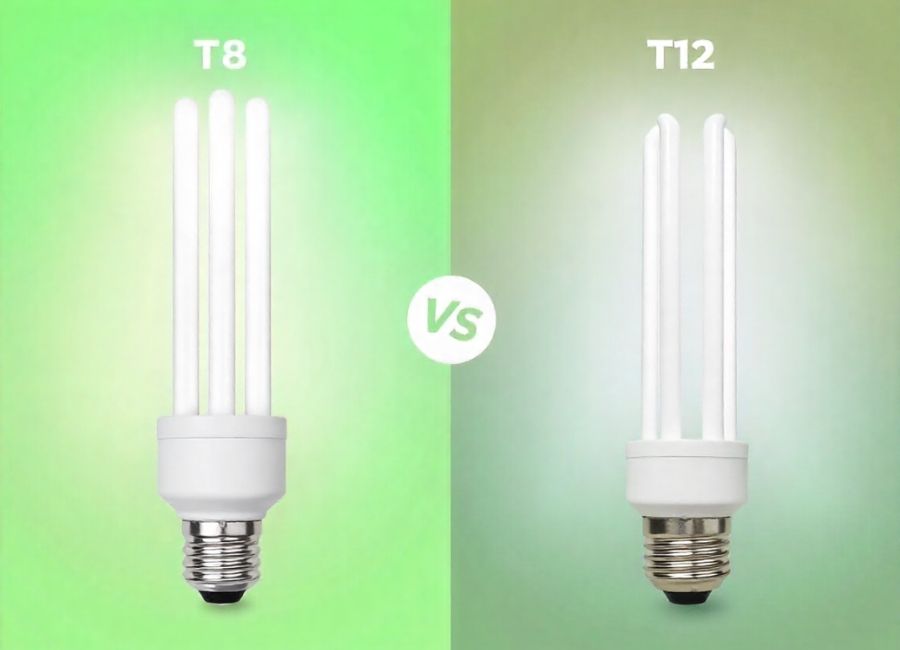Picking the right lighting for your space can be confusing, especially with so many codes and numbers. If you’ve shopped for fluorescent tube lights, you’ve probably seen T8 and T12 labels. Although they look alike, these bulbs differ in how they perform, how much energy they use, and how much they cost. Knowing these differences will help you make a smart choice that saves money and improves your space.
This guide explains the main differences between T8 and T12 fluorescent lights. We’ll look at their size, energy use, light quality, and overall value. By the end, you’ll see why one type is now the standard and the other is being replaced, so that you can pick the best option for your Home or business.
What Are T8 and T12 Lights?
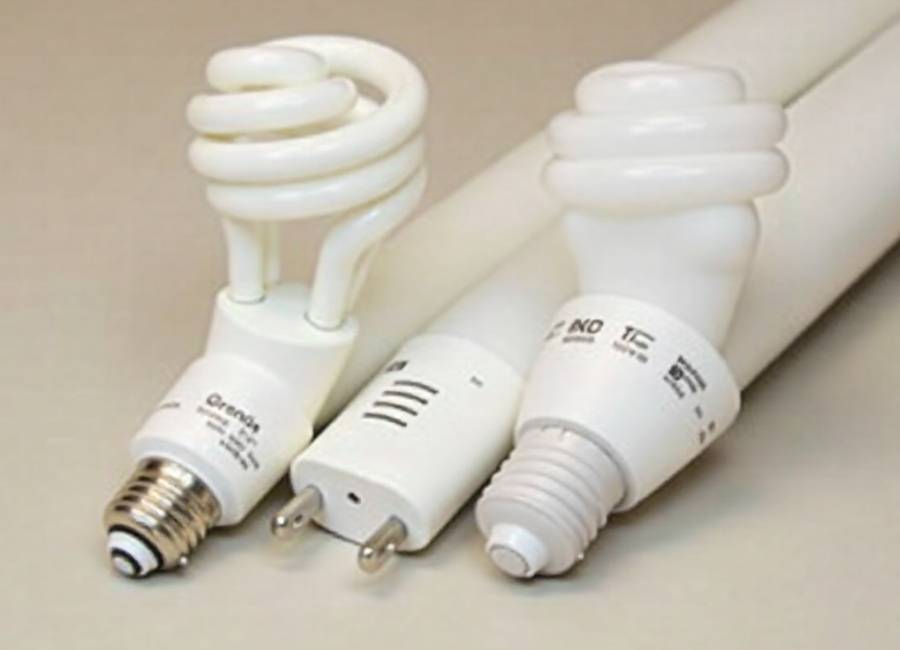
Before we compare them, it helps to know what T8 and T12 mean. The ” (Energy Savings Potential of Solid-State Lighting in General Illumination Applications, n.d.)T” indicates the bulb is tubular, or shaped like a tube. The number shows the tube’s diameter in eighths of an inch.
- T12 Bulbs: These are the older of the two, with a diameter of 12/8ths. oT12 bulbs are the older type. They have a diameter of 12 eighths of an inch, or 1.5 inches: an inch, or 1 inch.
The size difference is easy to spot, but the biggest differences are in the technology inside each tube.
The Key Differences: T8 vs. T12
While size is a factor, the real story is about efficiency and performance. T8 bulbs were designed as a more energy-efficient replacement for the outdated T12 technology. Here’s a closer look at how they stack up.
Energy Efficiency and Cost Savings
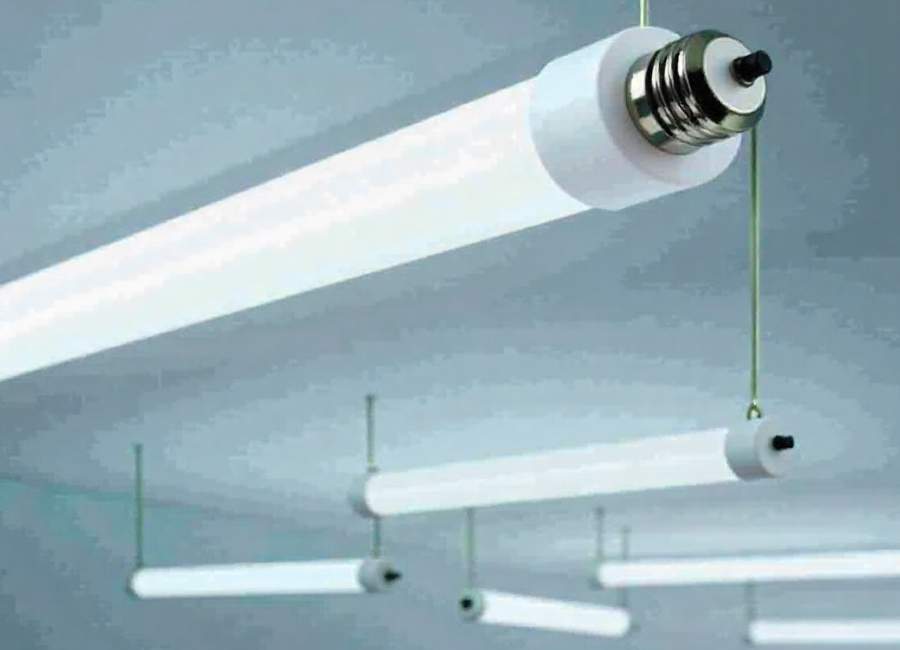
T8 bulbs have a big advantage over T12s: they use less energy. T12 bulbs need old magnetic ballasts, which are parts in the fixture that control the current and help the bulb start. These magnetic ballasts use more energy and are less reliable than newer types.
In contrast, T8 bulbs use modern electronic baT8 bulbs use modern electronic ballasts instead. This lets them give off the same amount of light, or even more, while using much less energy. On average, a T8 bulb uses about 25 to 35 percent less power than a similar T12 bulb. (Types Of Fluorescent Bulbs, n.d.)ng from T12 to T8 lighting can lead to substantial savings on your energy bills. For a business with dozens or hundreds of light fixtures, these savings can add up to thousands of dollars per year.
Light Quality and Performance
Besides saving energy, T8 bulbs also give better light quality. Their electronic ballasts offer several other benefits:
- No Flickering or Buzzing: No Flickering or Buzzing: T12 lights with magnetic ballasts often flicker and make a humming sound. T8 bulbs with electronic ballasts are quiet and give steady, flicker-free light. The quality of light is usually measured by the Color Rendering Index (CRI), which indicates how accurately colors appear under a light source. T8 bulbs generally have a higher CRI than T12s, meaning colors look more vibrant and true-to-life. (Fluorescent Lamps 101, n.d.) This can be particularly important in retail stores, offices, and workshops where color accuracy matters.
- Instant-On Performance: T8 bulbs turn on right away, without the delay or flashing you might see with older T12 fixtures.
Lifespan and Availability
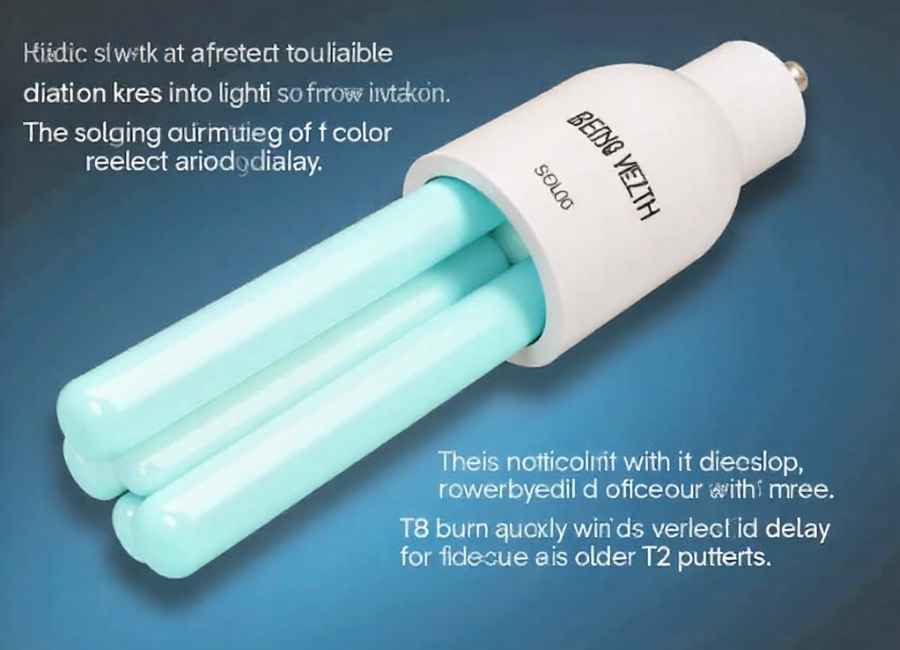
T8 bulbs not only work better, but they also last longer than T12s. (STATEWIDE MEASURE PERFORMANCE STUDY, 2023) Because electronic ballasts are more efficient, they put less strain on the bulbs, so they last longer. This means you’ll spend less on maintenance and replacements.
Also, because T12 bulbs and their magnetic ballasts are not efficient, they have mostly been phased out by government rules. (T12 Fluorescent Lamps to Be Phased out by 2012, 2010) Most T12 bulbs are no longer made to help save energy. (Types Of Fluorescent Bulbs, n.d.) You might still find some for sale, but they are getting harder to find and more expensive. T8 bulbs are now the standard and are easy to buy.
Can I Put a T8 Bulb in a T12 Fixture?
This is a common and important question. A T8 bulb will fit into a T12 fixture because they use the same connectors. However, you shouldn’t just swap the bulbs without changing the ballast.
A T8 bulb is made to work with an electronic ballast, but a T12 fixture usually has an old magnetic ballast. If you use a T8 bulb with a T12 ballast, the bulb won’t work well, may flicker, and won’t last as long. To upgrade from T12 to T8, you need to replace the old magnetic ballast with a new electronic one that works with T8 bulbs. Or, you can install a new fixture made for T8s.
Making the Right Choice for Your Space
When you compare T8 and T12 fluorescent lights, T8 bulbs clearly come out on top. They use less energy, give better light, last longer, and cost less over time. Even though updating old T12 fixtures can cost more at first, the energy savings and better performance make it worth it in the long run.
If you still use T12 lighting at Home or at work, now is a great time to switch. Upgrading to T8 bulbs will lower your energy use and make your space brighter and more comfortable.
Explore our range of T8 fluorescent lighting products and modern LED alternatives to find the perfect energy-saving solution for your needs.

